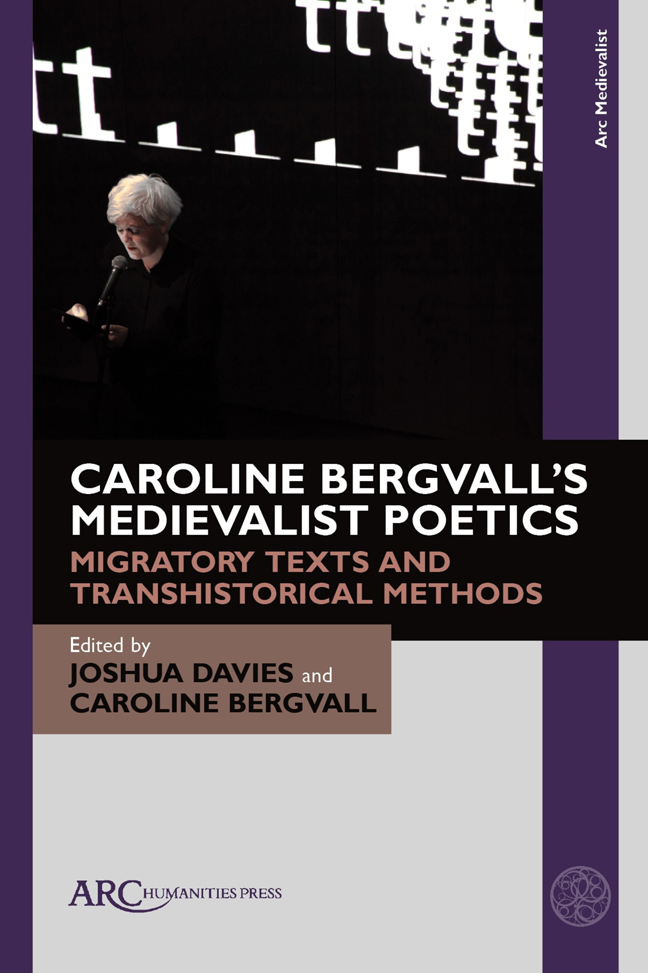Chapter 8 - Drift
Published online by Cambridge University Press: 20 February 2024
Summary
CONSIDER THE FATE of the thorn (þ) and the yogh (È), two Gothic letters that fell out of use in the late Middle Ages, done to death by the printing press. Chaucer did not need them, but his contemporary, the Gawain poet, did. My computer repeats this his-tory of loss on a smaller scale. It trips seamlessly through the “Knight’s Tale” (though it does not always care for Chaucer’s spelling), but Word deforms Sir Gawain and the Green Knight. While the Palatino typeface that I prefer accommodates the thorn as a special symbol, it stumbles on the yogh, which it replaces, somewhat mysteriously, with a colon.
An old joke tells us that a dialect is a language without an army. The same can be said of letters. As we all know, Chaucer’s English—the language of London and the Court—won the day, while the Gawain poet’s Midland dialect, with its Old English archaisms and its thorns, lost. Modern readers will be able to recognize the Canterbury Tales as English poetry. The same cannot be said for Sir Gawain. Let a single line—one of my favourites—serve as an example of the difficulties that the poem presents. Even without the yogh, it is a rather tough little nugget:
þe snawe snitered ful snart, þat snayped þe wylde
[The snow fell sharply, and bit the wild beasts.]
Modern readers will have a hard time sounding out most of the words here and will find it harder still to understand them. What is more, the alliteration that marks the poem—the very bedrock of its prosody—will seem unfamiliar or even tasteless, the stuff of outliers like Hopkins or Dylan Thomas.
Caroline Bergvall’s latest book, Drift, is haunted by the loss of the thorn, the yogh, and Old English generally. As a creature of hyphens and interstices, Bergvall is fascinated by what gets lost and found in the gaps. She is French by birth; half-Norwegian by par-entage; she is now English to the extent that she has lived for decades in Britain. She is a poet, a visual and performance artist, and a willing collaborator in complicated installa-tions and events. Drift is a product of these affiliations and activities.
- Type
- Chapter
- Information
- Caroline Bergvall's Medievalist PoeticsMigratory Texts and Transhistorical Methods, pp. 77 - 80Publisher: Amsterdam University PressPrint publication year: 2023

